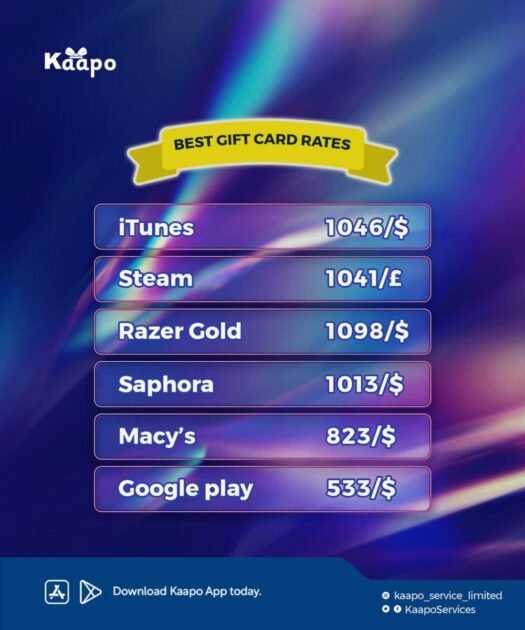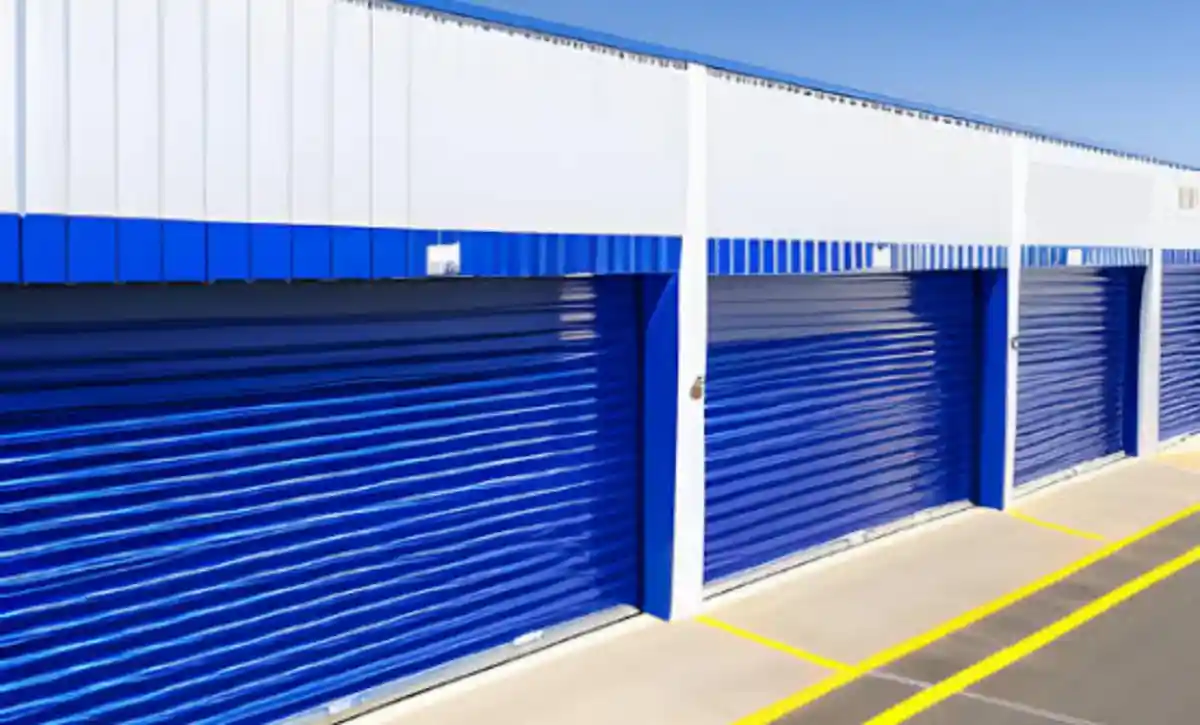The prospect of starting a thrift shop can be fun, but how about profitability? This is an aspect you need to know and we will get to that as we discuss the complete steps to open a thrift store with no money. Also discussed are important considerations of the business.
Thrift stores are also traditionally known as resale shops and are quite popular with a variety of clientele. These can include families running on a tight budget or collectors on the hunt for the next big find.
- Decide on the type of goods you’ll sell. Specialize in items that are readily available and can draw a crowd.
- Outline your business structure, marketing strategy, and financial projections. A well-crafted plan can help attract investors or partners.
- A location in a less expensive area or an online platform could help you start your business with minimal costs.
- Gather your initial stock and inventory from personal items, donations, or garage sales. Try to keep costs as low as possible.
- Use low-cost marketing methods such as social media and word of mouth to promote your store.
- Providing excellent service will keep customers coming back and attract new ones, helping to grow your business without significant investment.
Is Thrifting a Good Business?
A thrift store “can” be a good business, but the exact income depends on your financial input, store location, size, operating costs, and the overall demand for second-hand goods in the area.
For example, a store situated in a high-traffic area, like a busy downtown street or shopping mall, is more likely to attract customers than one located off the beaten path. The rental or ownership cost for the store’s location also plays a role. Since your target is to run the business with “no money”, you may not even factor in this aspect since your best bet would be an online store.
Also, the size of the store influences your amount of inventory. Larger stores tend to hold more goods, so customers can expect wider varieties, hence driving more sales. However, larger stores also have higher operating costs, including rent, utilities, and staff wages – a small one is all you need. Then you can transition in the future.
That brings us to the operating costs. Besides rent and utilities, there are costs for employees’ wages, store upkeep, and buying inventory. You can get donations for your inventory, which means no money is required.
In areas where thrifting is popular, stores can do quite well. Demand can be influenced by economic factors (people looking to save money), environmental consciousness (people wanting to reuse and recycle), and fashion trends (vintage and retro styles being popular).
A small thrift store might gross around $200,000 a year, with net profits (after expenses) around $30,000 to $40,000.
Here is a hypothetical example we tabulated:
| Store Size (sq. ft.) | Gross Income | Operating Costs | Net Profit |
|---|---|---|---|
| 1000 | $200,000 | $160,000 | $40,000 |
| 2000 | $400,000 | $280,000 | $120,000 |
| 3000 | $600,000 | $420,000 | $180,000 |
How to Open a Thrift Store with No Money
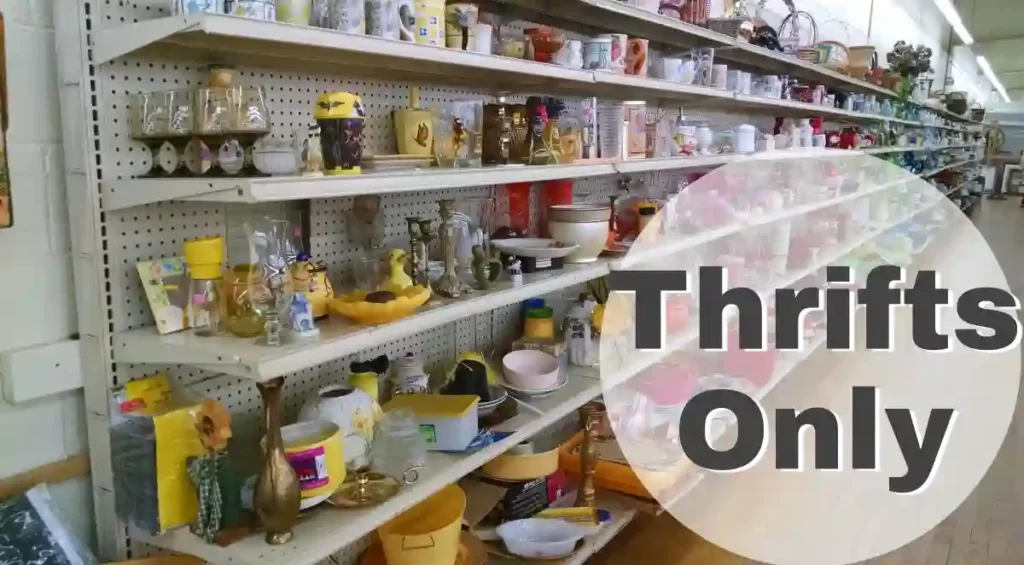
1. Determine if your thrift store will be a profit or non-profit
There are advantages and downsides to both, so consulting with a business planner or lawyer might be beneficial. With a profit-based thrift store, you’ll have more managerial freedom and possibly larger profits.
However, it might limit your eligibility for grants and low-interest loans, and you might not qualify for tax-exempt status even if you donate part of the profits to charity.
Conversely, a non-profit thrift store could enable you to apply for free or low-cost rent, advertisements, and other business essentials, but your daily operations could be more strictly regulated by government rules.
Next, complete all the necessary paperwork. This typically involves securing business licenses, setting up insurance policies, and sorting out tax account status forms.
3. Plan a simple store layout
Create a simple floor plan and decide what merchandise to display in each area. This step will guide you in deciding what kind of display fixtures to buy. These can be purchased at fixtures stores or from businesses that are closing. We have made a detailed explanation of a typical thrift store organization – just keep reading.
3. Consider partnerships and collaborations
Since you have no money, you need strategic partnerships and collaborations to reduce your startup costs.
Look for local businesses, non-profit organizations, or individuals who share your vision and are willing to support your cause. They can provide resources, expertise, or even a location for your thrift store.
In return, you can offer them visibility, a share of the profits, or other benefits that align with their interests.
4. Crowdfund or apply for a grant or loan for capital
Crowdfunding will help you raise capital to open a thrift store with no money. Platforms like Kickstarter, GoFundMe, or Indiegogo allow you to share your business idea with the world and attract potential donors.
You just need to create a compelling story about your thrift store, explaining how it will benefit the community and why people should support it. Offering rewards or incentives can also encourage more people to donate.
Alternatively, you can get apply for grants and loans. Perhaps, you are not aware but there are grants available for small businesses and social enterprises. These provide the much-needed capital to start your thrift store.
Similarly, microloans from organizations that support entrepreneurs can also be a viable option. However, these often require a solid business plan and a clear demonstration of how the funds will be used. Therefore, it’s crucial to do your research and prepare a compelling application.
5. Look for Labour Volunteers
Labor costs can be high for any business, including a thrift shop. With no money, you can try saving on these costs by recruiting volunteers who are passionate about your cause. This could be students looking for work experience, retirees wanting to give back to the community, or family members.
In return, you can offer them valuable work experience, a sense of fulfillment, and a chance to be part of your cause.
6. Seek donations for your inventory
Inventory is the lifeblood of any thrift store. Start by asking for donations from the community.
You want to communicate your mission and how their donations will contribute to it. Organize donation drives or events to collect more items. You can also consider partnering with local businesses or organizations for regular donations. Remember, the quality of your inventory can influence your sales, so make sure to only accept used items in good condition.
7. Start as a pop-up stores
You don’t need a large store to open a thrift store with no money – a simple pop-up store can be all you need. It even helps you to test the market and build your brand gradually.
At the start, you can easily interact with customers, get feedback, and generate some initial revenue without the commitment of a permanent location.
Consider setting up pop-up stores at local events, markets, or even in partnership with other businesses. Also, expect it to create buzz and excitement around your brand and attract more customers.
8. Switch to an online store
An online thrift store is the best way to open a thrift store with no money. Use platforms like eBay, Etsy, or even your own website can be used to sell your items. With these platforms, you can easily reach customers beyond your local area and operate 24/7.
However, you want to consider the logistics, such as shipping and handling, and ensure that your online store provides a seamless shopping experience.
9. Leverage social media and marketing
Social media can also help you cost-effective strategy when creating awareness to gain customers to your thrift store. Platforms such as Facebook, Instagram, or Twitter can help engage with your audience, share updates, and promote your items.
You can also use these platforms for marketing campaigns, contests, or collaborations. Remember, consistency and authenticity are key to building a strong social media presence.
10. Get the Right Insurance
When you open a thrift store, there are unique risks to consider. Thus, you want an insurance policy that suits your business needs. Your goal? Make your website (if you decide to run your thrift store online) as secure as possible. Look out for the following insurance policies to protect your online thrift store:
- Business Contents Insurance
- Professional Indemnity Insurance
- Business Interruption Insurance
- Copywriters Insurance
- General Liability Business Insurance
- Creative Insurance
- Business Equipment Insurance
- Internet Liability Insurance
- Business Building Insurance
- Advertising Agency Insurance
What permits do I need to open a thrift store?
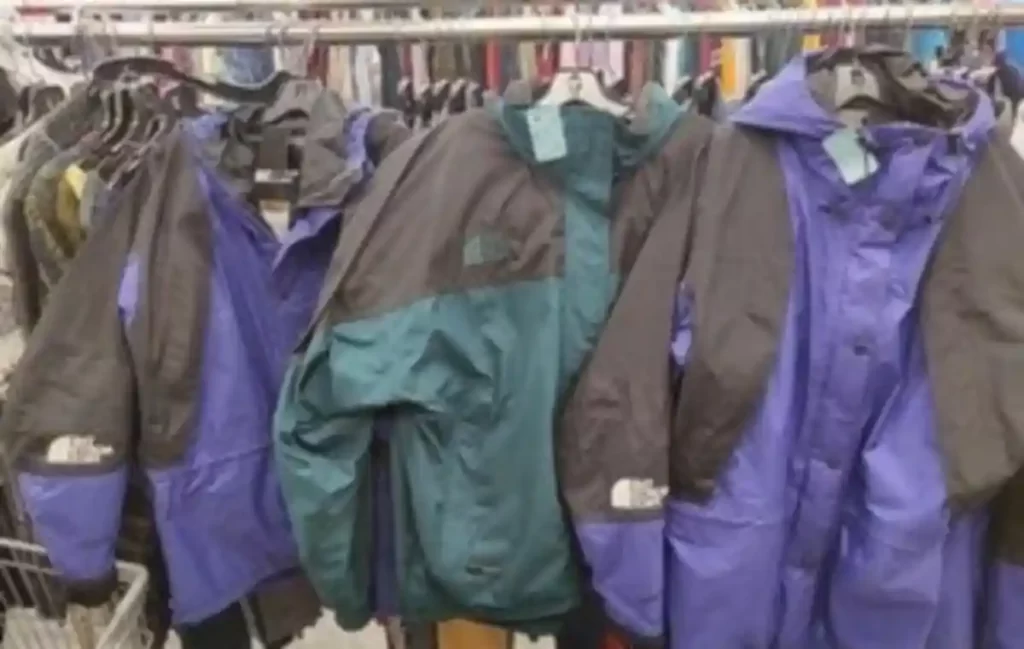
If you can afford an in-store location, you will need a general business license, which is a basic permit to operate in your city or county.
You will also need to register for sales tax permits. Since a thrift store sells goods, it is required to collect sales tax on behalf of the state. The process to obtain this permit varies by state, so be sure to check with your state’s Department of Revenue or equivalent.
You may also require a reseller’s permit or resale license. This permit allows you to purchase goods for resale without paying sales tax on them. It’s important because a thrift store typically acquires goods for resale from various sources.
Zoning and land use permits are crucial too. Before you open your thrift store, ensure the location you’ve chosen is appropriately zoned for retail operations. You can find this information from your local city or county’s zoning department.
Finally, if you decide to play music in your store, you may need a music license. Organizations like BMI and ASCAP manage these licenses and fees vary depending on a few factors, such as the size of your store. But you don’t have the money, so this may not be initially necessary.
Here’s a tabulated summary:
| Permit/License | |
|---|---|
| Business License | Gives permission to operate in a city or county |
| Sales Tax Permit | Allows for the collection of sales tax |
| Reseller’s Permit | Allows for the purchase of goods for resale without sales tax |
| Zoning and Land Use Permit | Ensures the location is zoned for retail operations |
| Building Permit | Required for building renovations |
| Music License | Required if you play music in the store |
Where Do Thrift Stores Get Their Inventory
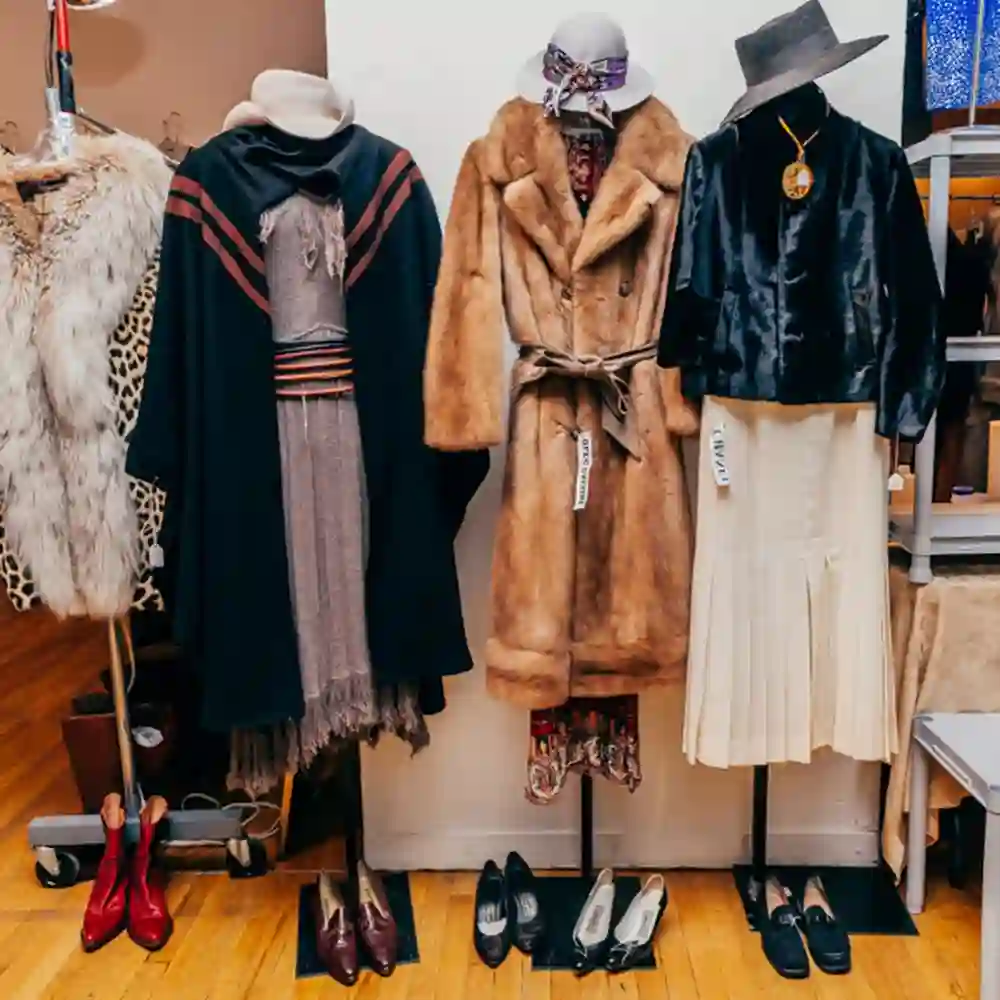
Earlier we mentioned that the inventory is the lifeblood of a thrift store. Since you have no money, you don’t have to pay to get your inventory stock up. Consider these methods to get your items:
1. Donations
People often donate clothing, furniture, books, electronics, and more to these shops. They might do so during spring cleaning, when moving, or simply when they feel they have too many belongings.
Some donate unused items that were gifted to them or items their children have outgrown. This process is a win-win: people can declutter their homes, while the items get a second chance at being useful.
2. Estate Sales
When a person passes away, their belongings may be sold off at an estate sale. You can purchase these items for cheap to add to your thrift store inventory.
3. Overstock and Unsold Items
Look out for retailers with surplus items or items that do not sell during a particular season. These stores may consider disposing of these items, but you can buy them at discounted prices.
4. Drop-off Bins
As a thrift store owner, you can place drop-off bins in community locations. People can drop off items they no longer want or need, and then you periodically collect these items for your inventory.
5. Cleanouts
You can sometimes offer house cleanout services, especially in cases where people are moving, downsizing, or dealing with the aftermath of a loved one’s passing.
How do you organize a thrift store?
| Sort by Category | Sort items into categories like clothes, accessories, furniture, books, and toys to facilitate customers’ search. |
| Cleanliness and Presentation | Clean items and ensure their good condition before display. Use mannequins for clothes and showcase furniture in a usable setting. |
| Label and Price Items | Each item should have a price tag and a brief description, with pricing based on condition, rarity, brand, and demand. |
| Store Layout | Arrange the store to encourage exploration. Popular items should be placed at the back, making customers pass by other items. |
| Inventory Management | Regularly check inventory levels and remove unsold items to maintain freshness and encourage repeat visits. |
| Seasonal Displays | Alter displays based on seasons or holidays. For example, showcase more sweaters and coats in winter, or toys during holiday season. |
How much money can you make owning a thrift store?
How much money you can make owning a thrift store depends on factors like the location of the store, size, quality of items, pricing strategy, and operational costs. And generally how much money you put into the business.
Based on a general estimate, we’ve considered an average thrift store that is well-managed and located in a reasonable area. Here is a basic potential income breakdown:
| Category | Average Amount ($) |
|---|---|
| Monthly Revenue | 20,000 |
| Monthly Costs (Rent, Utilities, Staff, etc.) | -10,000 |
| Monthly Profit | 10,000 |
So, you could potentially make around $10,000 profit per month. These numbers rely on the factors we mentioned earlier. if you need accurate figures specific to you, especially with no money, you need a detailed business plan and market research.
Frequently Asked Questions
While thrifting makes a good business, even with little to no money, there are some common questions you need to know about.
Can you make a lot of money thrift flipping?
Many eBay sellers earn big money flipping thrift store items, sometimes up to $100k per year, depending on their effort.
Can I sell my stuff to a thrift store?
Simplify your life, earn cash, and reduce textile waste by getting rid of unwanted clothes. Sell them online or at a local resale shop to free up space and save time and energy.
What are the largest for profit thrift stores?
Savers, North America’s largest for-profit thrift-store chain, filed a $500 million private offering and plans to go public on the NYSE.
Why are thrift stores so expensive?
Resellers buy from thrift stores, increasing prices and creating competition. But corporate thrift stores like Savers and Goodwill are also part of the issue.
Read also: How to Start Up a Rice Wholesale Business


